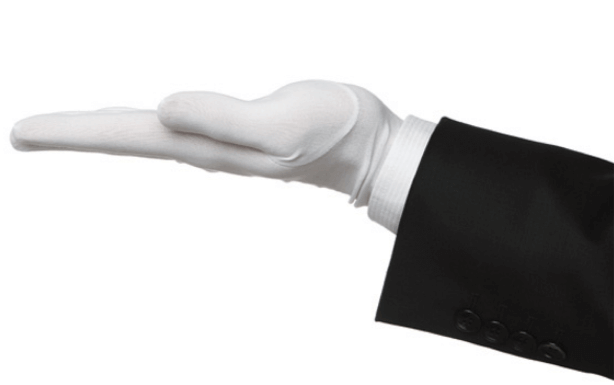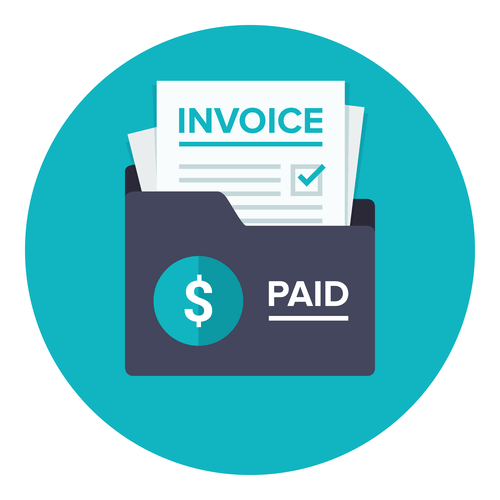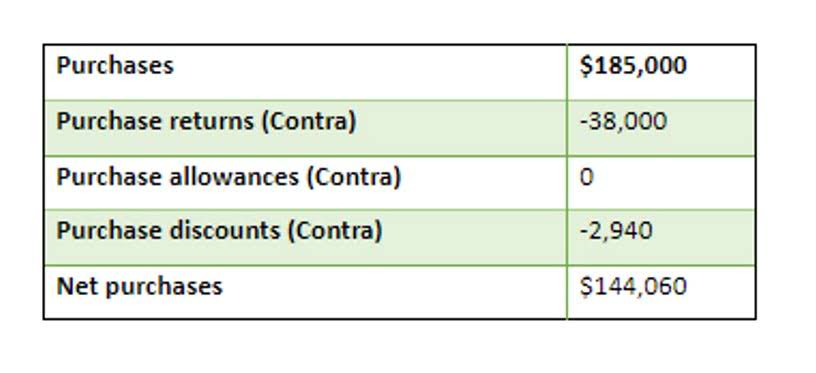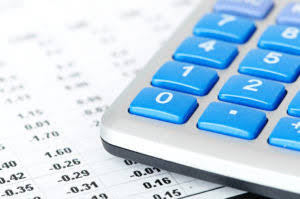Given that food delivery drivers often drive all over town making deliveries, it’s no surprise that mileage is one of the most valuable tax deductions. Self-employment taxes, which encompass Social Security and Medicare, are a significant tax consideration for gig delivery drivers. To compute these, drivers must fill out Schedule SE, which calculates the tax based on net earnings from self-employment. This form ensures that those who work independently are contributing to their Social Security and Medicare similar to traditional employees. To ensure compliance and ease during tax time, employ a dedicated mileage tracker app or a simple, well-maintained mileage log. The former typically automates the process, distinguishing between personal and business mileage and providing easily generated reports.
Navigating Food Delivery Driver Tax Obligations
For example, if you want to use an app, you can track your mileage on Stride Tax (free) and MileIQ (40 free trips monthly, or $8.99 billed monthly for unlimited trips). If you expect to owe more than $1,000 in taxes (that’s earning roughly $5,000 in self-employment income), then you are required to pay estimated taxes. If you don’t make estimated tax payments, you may be charged a penalty by the IRS. Make sure to track tax deductions as you go—it is much harder to recreate records later! Tracking tax deductions can also help you determine whether your driving is profitable. Another thing to track are expenses directly related to your delivery driving.
Gig delivery drivers have unique tax obligations that need to be understood and managed effectively. Making quarterly estimated tax payments and filing taxes for on-demand food delivery drivers staying informed about the reporting thresholds for forms like 1099-K and 1099-NEC are crucial steps in fulfilling these obligations. State and local income taxes are another financial responsibility gig delivery drivers must manage. Tax rates vary dramatically across the U.S., with some states having higher rates and other states forgoing income tax altogether. Overall, understanding the nuances of tax obligations for food delivery drivers is essential for financial security and compliance. Most food delivery apps DO NOT track how many miles you’re driving when you’re online.
- With either method, you’ll need to keep a carefully detailed mileage log to deduct these costs.
- However, the potential tax deductions and required tax forms vary depending on whether you are considered self-employed or an employee.
- If you have specially bought a separate phone for your gigs, you can deduct the cost when you file your taxes.
- Whether you’re an independent contractor or an employee, you’ll use Form 1040 to file your tax return as a delivery driver.
- You can refer to this tax summary to report your income, even if you don’t receive a Form 1099-NEC.
How to File Taxes as an Uber Eats Driver
- In the United States, you need to file Form 1040, whether you are an employee or an independent contractor.
- We do not claim that they are typical results that consumers will generally achieve.
- Gig delivery companies will report to the IRS the gross (total) income or revenue paid to you.
- This includes the cost of your phone and your phone bills related to ordinary and necessary parts of your job.
- Proactive tax payments can help avoid underpayment penalties and ensure smooth financial planning.
- State and local income taxes are another financial responsibility gig delivery drivers must manage.
1-800Accountant assumes no liability for actions taken in reliance upon the information contained herein. You can find this in your bank or credit card statements or from receipts if you pay cash. The IRS considers ordinary expenses to be those that are accepted and common in your business or trade. A necessary expense is appropriate and helpful for your business or work.
What You Need to Know to File Taxes in 2025
If you are using your vehicle for delivering items, you might be able to deduct the costs of its use. There are two ways to deduct vehicle costs—using the mileage method or actual expenses method. Either way, you need to track your personal miles and your business miles. Suppose you are new to the gig economy and had to do food delivery for the first time in 2020 because of the Coronavirus. In that case, you might want to consult a tax professional to help you sort out the nuances of filing taxes using the 1099 form. If you pay for your health insurance, you may be able to deduct your premiums as a self-employed individual.
How to Handle Multiple Gig Jobs on Your Taxes
It’s crucial to keep track of all sources of income throughout the year to ensure accurate reporting. By keeping accurate records and staying informed, you can navigate tax season with confidence. Understanding tax obligations is crucial for drivers to avoid unexpected tax bills. Failure to make estimated tax payments may result in IRS penalties and interest charges. Unlike traditional employees who receive a W-2, Uber Eats drivers receive Form 1099-NEC or 1099-K, which reports earnings to the IRS.
Services
If you earn at least $600 outside of delivery transactions, including referral bonuses or quests, you receive Form 1099-NEC. One option is to visit GetYourRefund.org for free virtual tax preparation. Depending on your income and needs, GetYourRefund will direct you to full-service virtual tax filing, do-it-yourself free tax preparation, or free in-person services. Working for a food delivery service is about more than just delivering food.
Filing Schedule C for Business Income and Expenses
If you use a vehicle for deliveries, your biggest deduction will be mileage, so make sure you’re tracking how much you’re driving. You cannot take the mileage deduction if you use a bicycle for deliveries. Gig delivery drivers primarily receive earnings documentation via Form 1099-MISC and Form 1099-K, ensuring a record of their income is reported to both them and the IRS. Navigating the world of taxes as a gig delivery driver can be overwhelming, but taking advantage of deductible business expenses can significantly reduce your taxable income. Maximizing savings and optimizing your tax situation as a food delivery driver requires a proactive approach and a solid understanding of available deductions.
Using IRS Form 1040-ES can help you calculate and submit these payments timely. As an independent contractor, you’re eligible to deduct certain business expenses that can significantly reduce your taxable income. Understanding what expenses qualify is key to maximizing your deductions. You’ll most likely deduct costs related to the business use of your car, phone, and other tools that help you deliver meals more efficiently.
With the increase in business demand, the work of delivery drivers will increase, which may result in increased earnings and extra cash in hand. All information on this site is provided for educational purposes only and does not constitute legal or tax advice. The Center on Budget & Policy Priorities and the CASH Campaign of Maryland are not liable for how you use this information.














 free cost comparison tool. Or, read on for a longer, detailed breakdown of the results of our extensive research and user testing. Since they are internet-based, most cloud software programs are designed to work well with both PCs and Macs. However, before you make your final selection, make sure the software is definitely compatible with your operating system.
free cost comparison tool. Or, read on for a longer, detailed breakdown of the results of our extensive research and user testing. Since they are internet-based, most cloud software programs are designed to work well with both PCs and Macs. However, before you make your final selection, make sure the software is definitely compatible with your operating system.